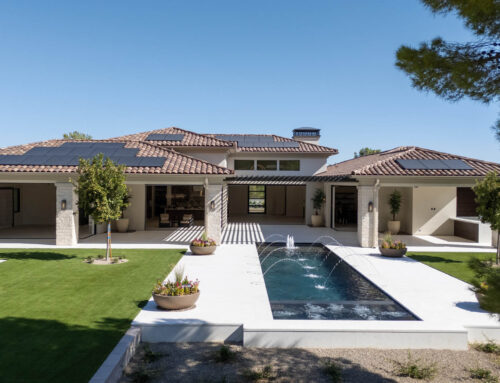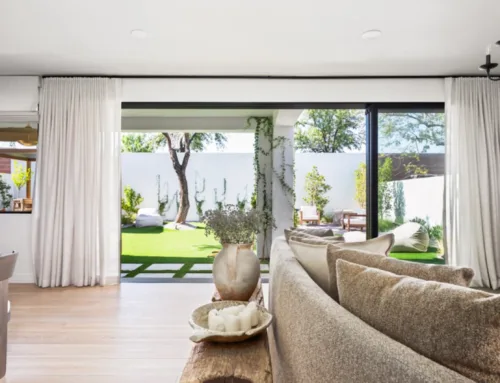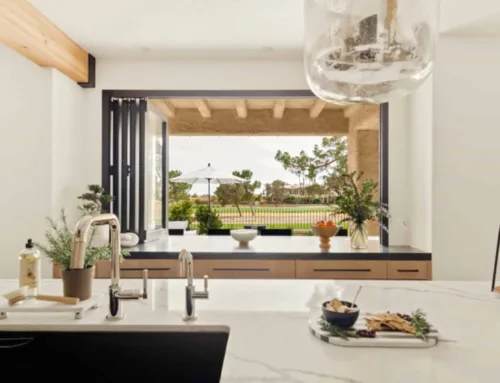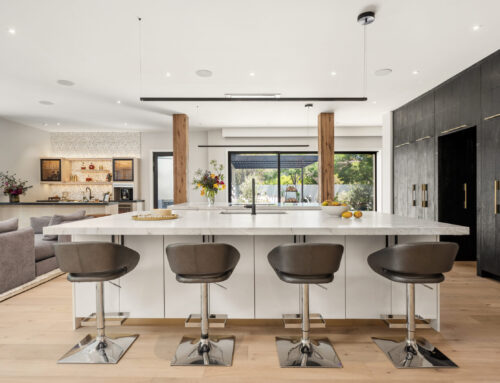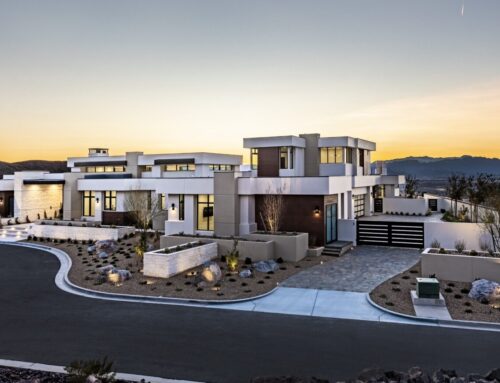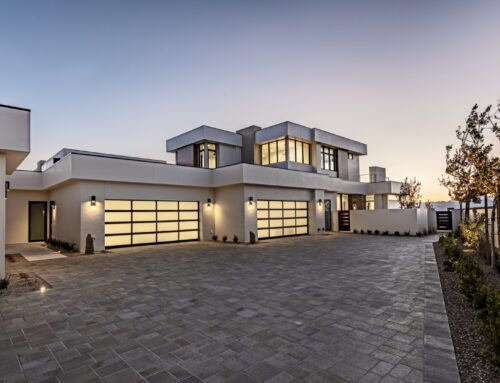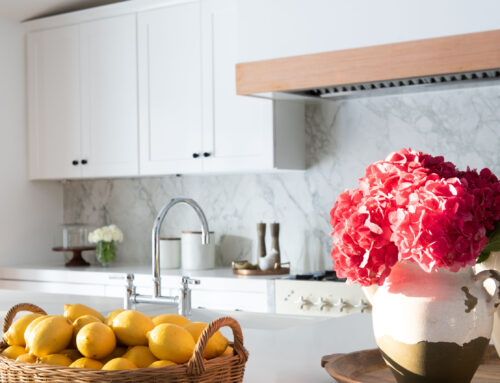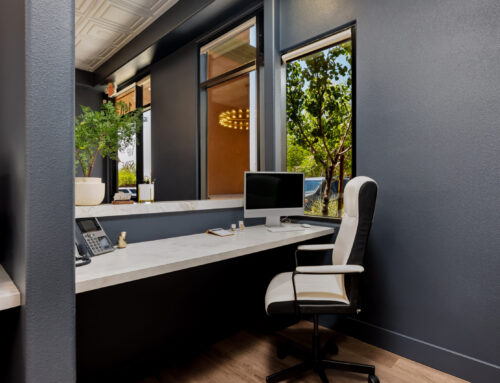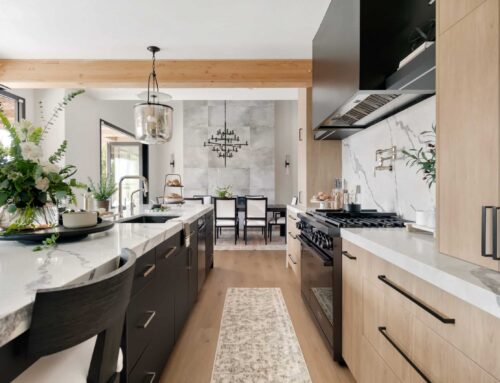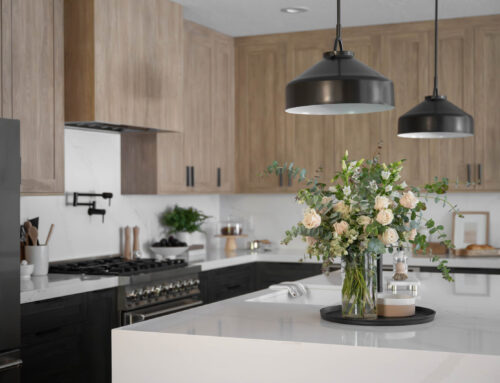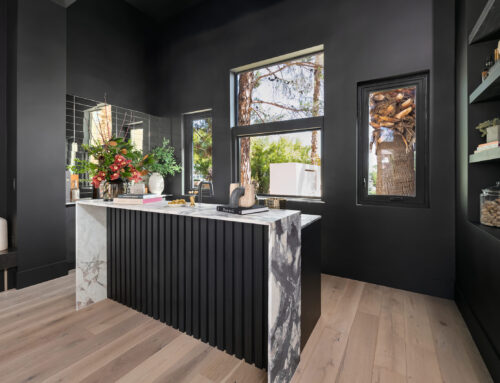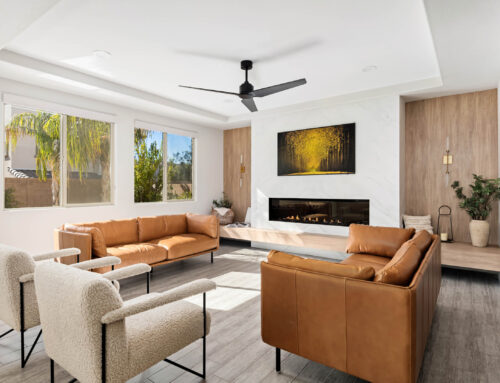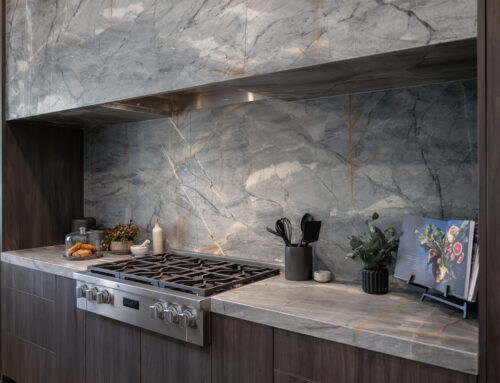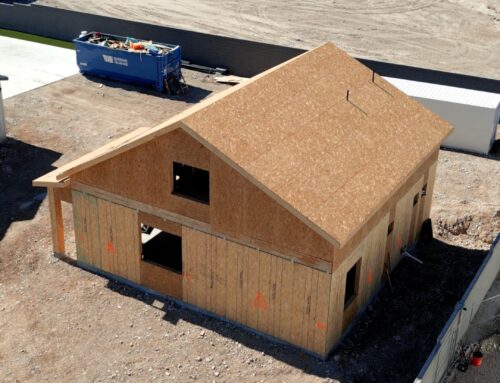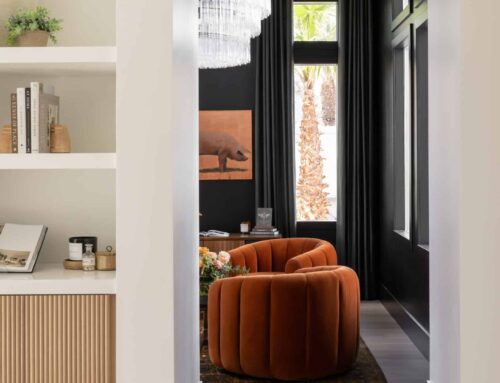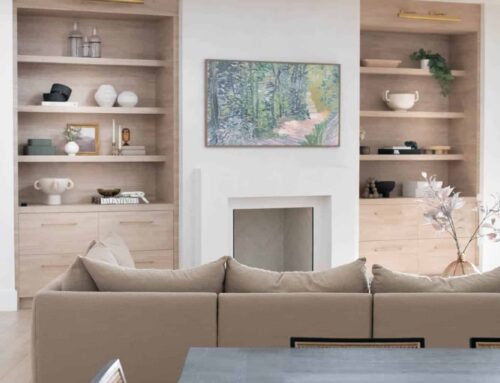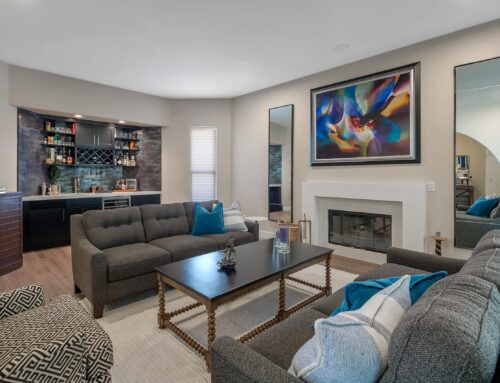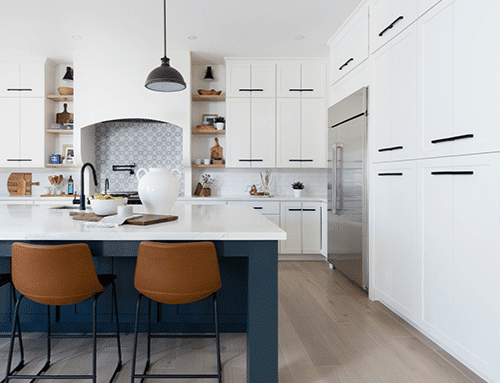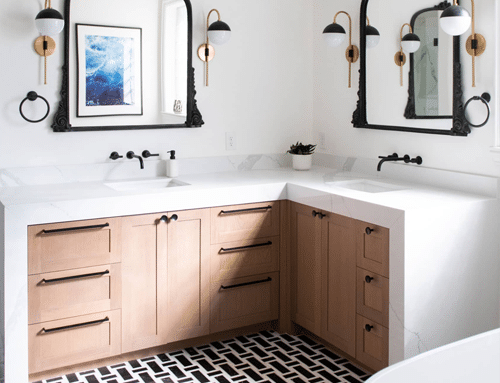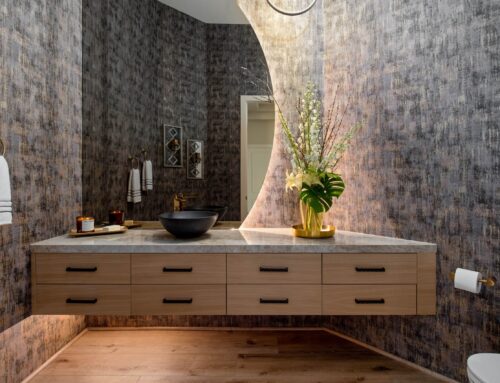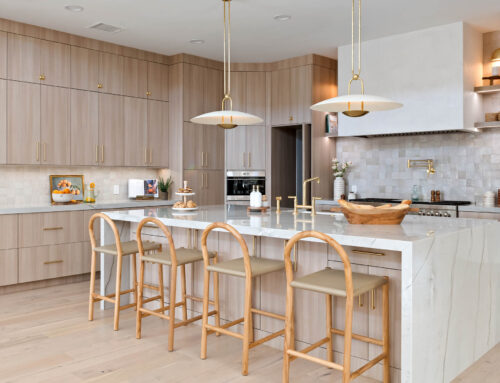Designing with Light: Using Natural and Artificial Lighting in Home Remodels
Lighting plays a crucial role in home remodels, significantly impacting the ambiance, functionality, and energy efficiency of a space. In this article, we’ll delve into the importance of both natural and artificial lighting and how to effectively use them in your home remodel.
The Importance of Good Lighting
Good lighting can transform a room, making it feel more spacious, inviting, and comfortable. It can highlight architectural features, create focal points, and improve the overall aesthetics of your home. More importantly, effective lighting can enhance the functionality of a space, making daily tasks easier and more enjoyable.
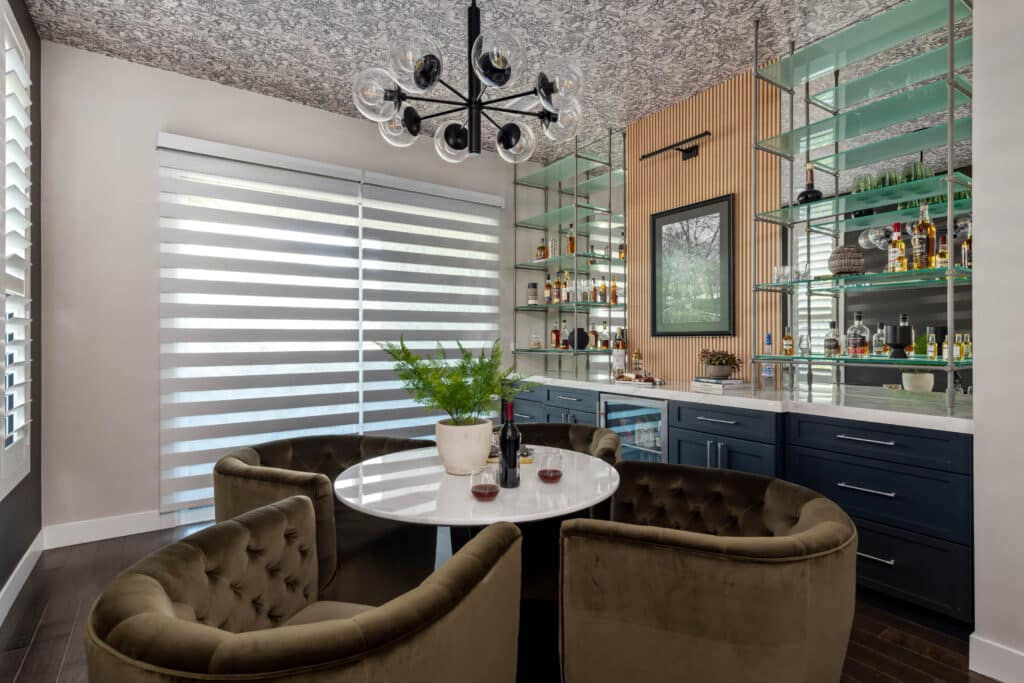
Natural Lighting
Benefits of Natural Lighting
Natural lighting, or daylighting, involves the use of natural light to illuminate the interior spaces of your home. Here are some benefits:
- Energy Efficiency: Utilizing natural light reduces the need for artificial lighting, lowering your energy consumption and utility bills.
- Health Benefits: Exposure to natural light can improve mood, boost productivity, and regulate sleep patterns.
- Aesthetics: Natural light enhances the colors and textures in a room, making it look more vibrant and appealing.
Maximizing Natural Light
To maximize natural light in your home, consider the following strategies:
Windows and Skylights
Install large windows and skylights to allow more sunlight to enter your home. Opt for energy-efficient windows with low-emissivity (low-E) glass to minimize heat loss in winter and heat gain in summer.
Reflective Surfaces
Use reflective surfaces like mirrors, glossy tiles, and light-colored walls to bounce natural light around the room. This can make your space feel brighter and more open.
Open Floor Plans
An open floor plan allows light to flow freely throughout the space, eliminating dark corners and creating a sense of continuity. Remove unnecessary walls and partitions to maximize the reach of natural light.
Artificial Lighting
Types of Artificial Lighting
Artificial lighting can be categorized into three main types: ambient, task, and accent lighting.
Ambient Lighting
Ambient lighting provides overall illumination for a room. It can be achieved through ceiling fixtures, chandeliers, and recessed lighting. The goal is to create a comfortable level of brightness without causing glare.
Task Lighting
Task lighting is focused lighting used for specific activities like reading, cooking, or working. Examples include desk lamps, under-cabinet lights, and pendant lights over a kitchen island.
Accent Lighting
Accent lighting is used to highlight architectural features, artwork, or other focal points in a room. It includes track lighting, wall sconces, and spotlights.
Choosing Energy-Efficient Lighting
When selecting artificial lighting for your home remodel, opt for energy-efficient options to reduce energy consumption and lower your utility bills. Here are some tips:
LED Lighting
LED (light-emitting diode) bulbs are highly energy-efficient and have a longer lifespan compared to traditional incandescent bulbs. They come in various color temperatures, allowing you to choose the right ambiance for each room.
Smart Lighting
Smart lighting systems enable you to control your lights remotely via a smartphone app or voice commands. You can schedule your lights to turn on or off at specific times, adjust brightness levels, and even change colors to suit your mood.
Dimmers and Sensors
Install dimmer switches to adjust the brightness of your lights according to your needs. Motion sensors can automatically turn lights on or off when you enter or leave a room, saving energy and improving convenience.
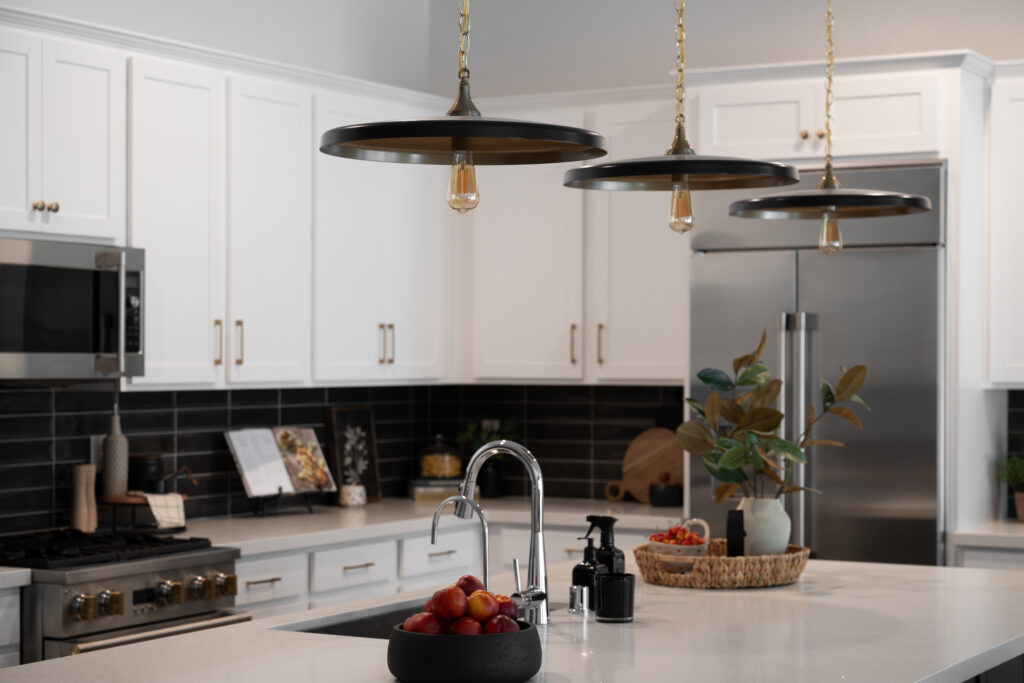
Combining Natural and Artificial Lighting
To create a well-lit and energy-efficient home, it’s essential to combine natural and artificial lighting effectively. Here are some tips:
Layering Lighting
Layering involves using multiple types of lighting in a room to achieve the desired effect. For example, combine ambient lighting with task and accent lighting to create a balanced and versatile lighting scheme.
Using Natural Light as a Base
Start by maximizing natural light during the day and use artificial lighting to supplement it when needed. This approach not only saves energy but also creates a more dynamic and comfortable living environment.
Integrating Lighting Controls
Use smart lighting controls to seamlessly transition between natural and artificial lighting. For instance, set your smart lights to gradually brighten as the sun sets, ensuring a smooth and natural shift from daylight to artificial light.
Lighting Tips for Specific Rooms
Living Room
In the living room, use a combination of ambient, task, and accent lighting to create a cozy and functional space. Install dimmable ceiling fixtures for general illumination, table lamps for reading, and spotlights to highlight artwork or architectural features.
Kitchen
The kitchen requires bright and focused lighting for cooking and food preparation. Use recessed lighting for general illumination, under-cabinet lights for task lighting, and pendant lights over the island for a stylish touch.
Bedroom
In the bedroom, opt for soft and warm lighting to create a relaxing atmosphere. Use bedside lamps for reading, ambient lighting for overall illumination, and consider installing a dimmer switch to adjust the brightness according to your needs.
Bathroom
The bathroom needs bright and even lighting for grooming tasks. Install vanity lights around the mirror for task lighting, recessed lighting for general illumination, and consider adding a dimmer switch for a spa-like ambiance.
Conclusion
Incorporating both natural and artificial lighting into your home remodel can significantly enhance the aesthetics, functionality, and energy efficiency of your space. By understanding the benefits of each type of lighting and how to use them effectively, you can create a well-lit and inviting home that meets your needs and preferences.
Remember to consider energy-efficient options like LED bulbs and smart lighting systems to reduce your energy consumption and lower your utility bills. With the right lighting strategy, you can transform your home into a bright and welcoming haven.
Contact Us
Ready to transform your home with a custom renovation that perfectly blends natural and artificial lighting? Look no further than Kingdom & Co. Our team of experienced professionals is dedicated to creating beautiful, functional, and energy-efficient spaces tailored to your unique needs and preferences. Contact us today to schedule a consultation and take the first step toward your dream home. Let Kingdom & Co. help you bring your vision to life!


